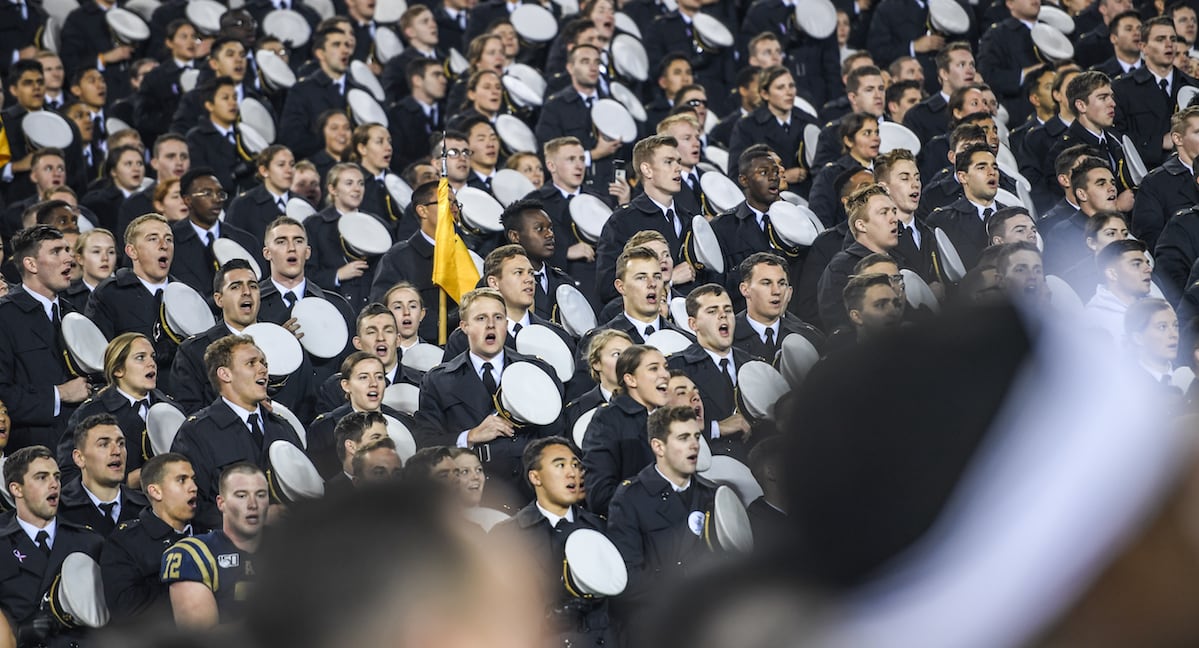On Monday, the Supreme Court will hear a pair of cases that many legal experts expect will overturn the legal basis for affirmative action and, perhaps, upend how the military chooses its officers.
The Army, Navy and Air Force academies practice affirmative action — the policy of using race as a factor in admissions — to boost diversity, as do many colleges and universities that offer ROTC programs.
The two cases before the court could change that, challenging Harvard College and University of North Carolina admissions practices as racially discriminatory and asking for a legal ban on affirmative action.
The petitioners, anti-affirmative-action organization Students for Fair Admissions, allege that Harvard discriminates against Asian American applicants in favor of other minority candidates. As part of its evidence, Students for Fair Admissions points to lower acceptance rates for Asian American applicants than for non-Asian Americans.
If the group prevails and affirmative action is found unlawful, the result could be less diversity in ROTC programs at private and public institutions alike, defenders of affirmative action have argued.
RELATED
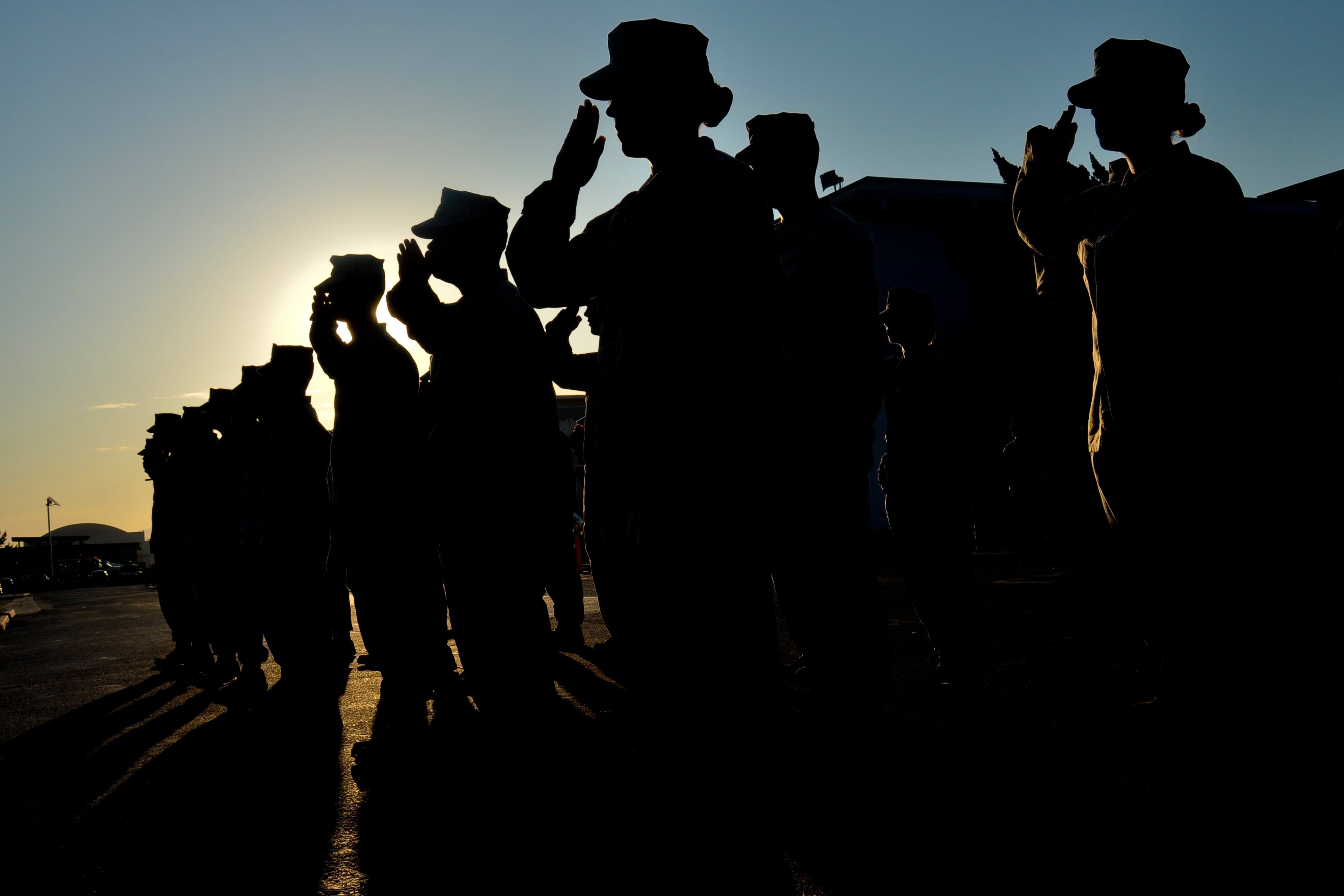
In the University of North Carolina case — which could apply to the service academies — Students for Fair Admissions maintains that it is unconstitutional for any public school to use race in its decisions.
Dozens of former flag officers and the top Pentagon lawyer already have started raising concerns that a less racially diverse officer corps would reduce military effectiveness.
At the same time, hundreds of veterans have argued in a separate legal filing that affirmative action itself hampers the services’ effectiveness.
But a ban on affirmative action would more or less render military leaders’ beliefs about the policy irrelevant: The military will simply have to adapt.
In interviews with Military Times, legal experts and former military leaders have pointed to ways the service academies might respond to a ban on affirmative action — including ramping up recruitment of minority applicants, prioritizing class rank or seeking a national-security exemption.
The argument for diverse leadership
Retired Army Lt. Gen. Thomas Bostick told Military Times that he came to understand the importance of diverse leadership when he was a lieutenant colonel at California’s National Training Center in 1994.
Bostick was walking through the dining facility when he saw a noncommissioned officer — who, like Bostick, was Black — turn his head and stare at him. The lieutenant colonel asked the noncommissioned officer why he was looking at him so intently.
“Well, sir, you’re the only one,” replied the NCO, who was in another unit.
“The only one what?” Bostick asked.
“You’re the only brother in command in this division,” the soldier explained. “Sir, we’re real proud of you.”
Bostick ― whose father also had been a noncommissioned officer ― also told the NCO he was proud of him.
As the two men started to walk away from each other, the NCO yelled back at Bostick, “Sir, don’t get out!”
“It’s the first time I really thought about how other minorities or other people of diverse backgrounds look up to people [of similar backgrounds], whether they’re in their unit or not,” Bostick, who later served as the commanding general of the Army Corps of Engineers, told Military Times.
The service academies generally have become more racially diverse throughout the past two decades, according to Associated Press reporting in 2021.
That trend, however, has not applied across all non-white racial groups in all academies. The AP reported that the Naval Academy had 73 Black midshipmen in the class of 2000 and, two decades later, just 77 in the class of 2020. Incoming class sizes at the service academies typically hover around 1,100 or 1,200.
Thirty-five top former military leaders — including Bostick, 22 four-star generals and admirals, eight former service academy superintendents and four former chairs of the Joint Chiefs of Staff, including Gen. Joseph Dunford and Adm. Michael G. Mullen — signed on to an amicus brief in August calling on the justices to preserve affirmative action.
Amicus, or friend-of the-court, briefs are submitted by those who are not parties to the case but can share relevant expertise or insight to the justices.
These former leaders stressed that the officer corps is markedly less racially diverse than the enlisted troops and argued that the diversity gap may widen without affirmative action.
In 2020, the most recent year for which data is available, Black troops made up 19% of enlisted active-duty service members but only 9% of officers, according to data from the Pentagon.
“Prohibiting educational institutions from using modest, race-conscious admissions policies would impair the military’s ability to maintain diverse leadership, and thereby seriously undermine its institutional legitimacy and operational effectiveness,” the former leaders wrote.
They framed diverse leadership as key for working with international partners and for maintaining internal morale.
And the Department of Defense has lent its support to the defense of affirmative action. The Pentagon’s general counsel, Caroline Krass, joined an amicus brief in August calling on the court to uphold race-conscious admissions.
But not all veterans believe that affirmative action is good for the military.
In an amicus brief filed in May, more than 600 veterans contested the argument that race-conscious admissions help morale, writing, “this fixation on race can only foster a culture of arbitrary advancement, disunity, and frustration.”
This group of veterans — called Veterans for Fairness and Merit — includes several four-stars, Medal of Honor recipients and former service academy leaders.
Scott McQuarrie, a West Point graduate who became a lawyer after the Army and is the group’s president, argues that affirmative action leads to less qualified leaders.
“When racial preferences are used in, for example, officer accession programs — by definition, the program is not necessarily taking in the best qualified, always, when they use a particular race or ethnicity to decide which applicant is going to come into that accession program,” McQuarrie told Military Times. “And so, overall, you end up with less quality in that training program.”
Retired Air Force Lt. Gen. Rod Bishop — who signed onto the Veterans for Fairness and Merit brief — told Military Times that he followed an affirmative action policy as an admissions officer at the Air Force Academy in the early 1980s.
He believed then that the short period of time since the civil rights movement of the 1960s may have justified the policy.
“I personally thought, and we discussed it as admission officers, that 15, 16 years was too short a time,” he said.
Bishop is now chair of Stand Together Against Racism and Radicalism in the Services, a conservative organization whose goal, he said, is to “stop the indoctrination of the military with, for lack of a better way of expressing it, the Marxist march that’s happening throughout other institutions.”
He argued to Military Times that affirmative action has now gone on for too long.
“At some point in time, we’re going to have to make a break,” he said.
The Supreme Court will now decide whether to overturn its 2003 landmark case Grutter v. Bollinger, which determined that using race as a factor in admissions was constitutional.
In 2003, Justice Sandra Day O’Connor drew heavily in her majority opinion on arguments by military leaders that service academies needed affirmative action in order to “achieve an officer corps that is both highly qualified and racially diverse.”
O’Connor had cautioned, however, that affirmative action must be time-limited.
“We expect that 25 years from now, the use of racial preferences will no longer be necessary to further the interest approved today,” she had written.
The current justices will now hear the case — and ask revealing questions during the oral arguments — on Monday. But a win for those who oppose affirmative action is likely, many observers say.
“There’s very little chance that higher-education affirmative action is going to survive,” said Lawrence Friedman, a professor at New England Law Boston and an expert on constitutional and national security law.
The court is now composed of six conservative and three liberal justices. And Chief Justice John Roberts, usually the most likely of the conservatives on today’s court to side with the liberals, has long been a vocal opponent of race-conscious policies.
In 2006, for instance, he struck down school districts’ use of race as a factor in assigning students to schools, declaring, “The way to stop discrimination on the basis of race is to stop discriminating on the basis of race.”
How ending affirmative action could limit officer diversity
A Supreme Court victory for Students for Fair Admissions in its fight against Harvard and University of North Carolina could spell the end of legal affirmative action across higher education.
A decision ending University of North Carolina’s affirmative-action program likely would apply to the military service academies, which — like many public colleges and universities — use race as a factor in admissions.
“The U.S. Naval Academy uses race and ethnicity as one of a multitude of factors to assess applications for admission,” Cmdr. Alana Garas, an academy spokeswoman, said in a statement to Military Times.
Garas stressed that the academy takes “a holistic approach” to admissions and doesn’t use points or quotas for race.
The Air Force Academy also considers race.
“U.S. Air Force Academy Admissions, as allowed by law, considers race in conjunction with other attributes as part of a comprehensive, holistic evaluation of a candidate,” said Col. Arthur W. Primas Jr., director of admissions for the U.S. Air Force Academy, in a statement to Military Times. “Race, along with gender and ethnicity, is not used solely as the basis for appointment consideration.”
The U.S. Military Academy did not respond by publication time to repeated inquiries about its use of race in admissions. But says on its website that it is “fully committed to affirmative action.”
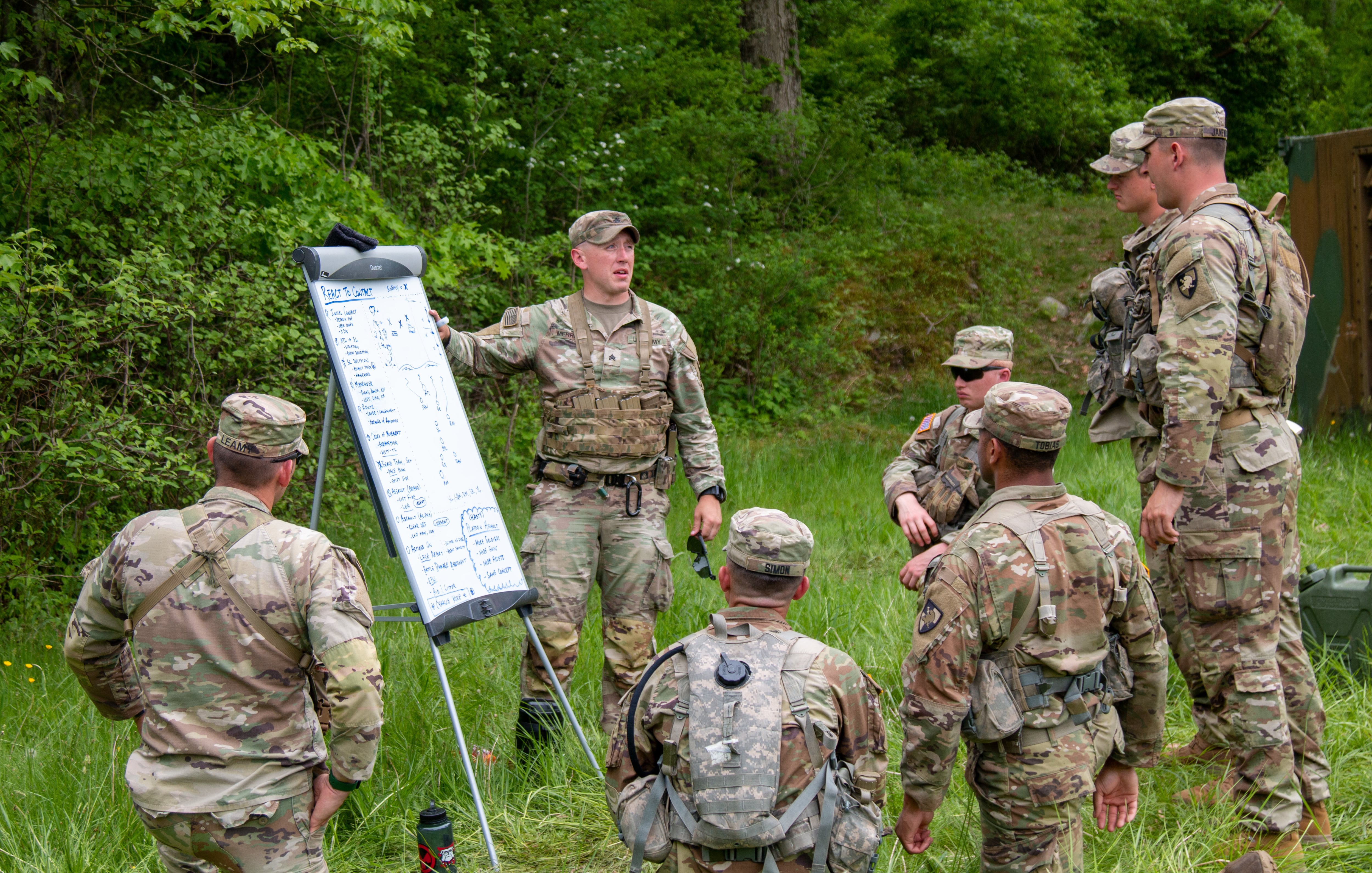
Implications of a Supreme Court decision ending affirmative action would extend beyond the service academies.
ROTC programs draw from civilian colleges and universities, many of which practice affirmative action. And ROTC is the leading source of the military’s new officers.
If the court bars race-conscious admissions policies, service academies may look for alternatives to increase diversity, legal experts and former military leaders said. These could include admissions programs based on class rank or stepped-up recruitment of minority candidates.
Under a class-rank approach, the academies might follow the lead of the University of Texas at Austin, which accepts the top 6% of students from each Texas high school. The goal of the policy is to open up spots to more students from schools with a large proportion of underrepresented students.
A Texas Tribune analysis in 2017 found that the policy boosted the number of Hispanic students.
But the University of Texas system also uses affirmative action for its remaining applicants. At the University of Michigan and the University of California racial diversity has plummeted since those states banned affirmative action.
And the Pentagon general counsel cast doubt in her amicus brief about percentage-based admissions plans like that of University of Texas, since the service academies seek physical and leadership qualities that class rank doesn’t capture.
She also argued that using socioeconomic status as a factor in admissions would not effectively replace affirmative action: “West Point, for example, reports that its efforts to emphasize socioeconomic status have actually reduced racial diversity.”
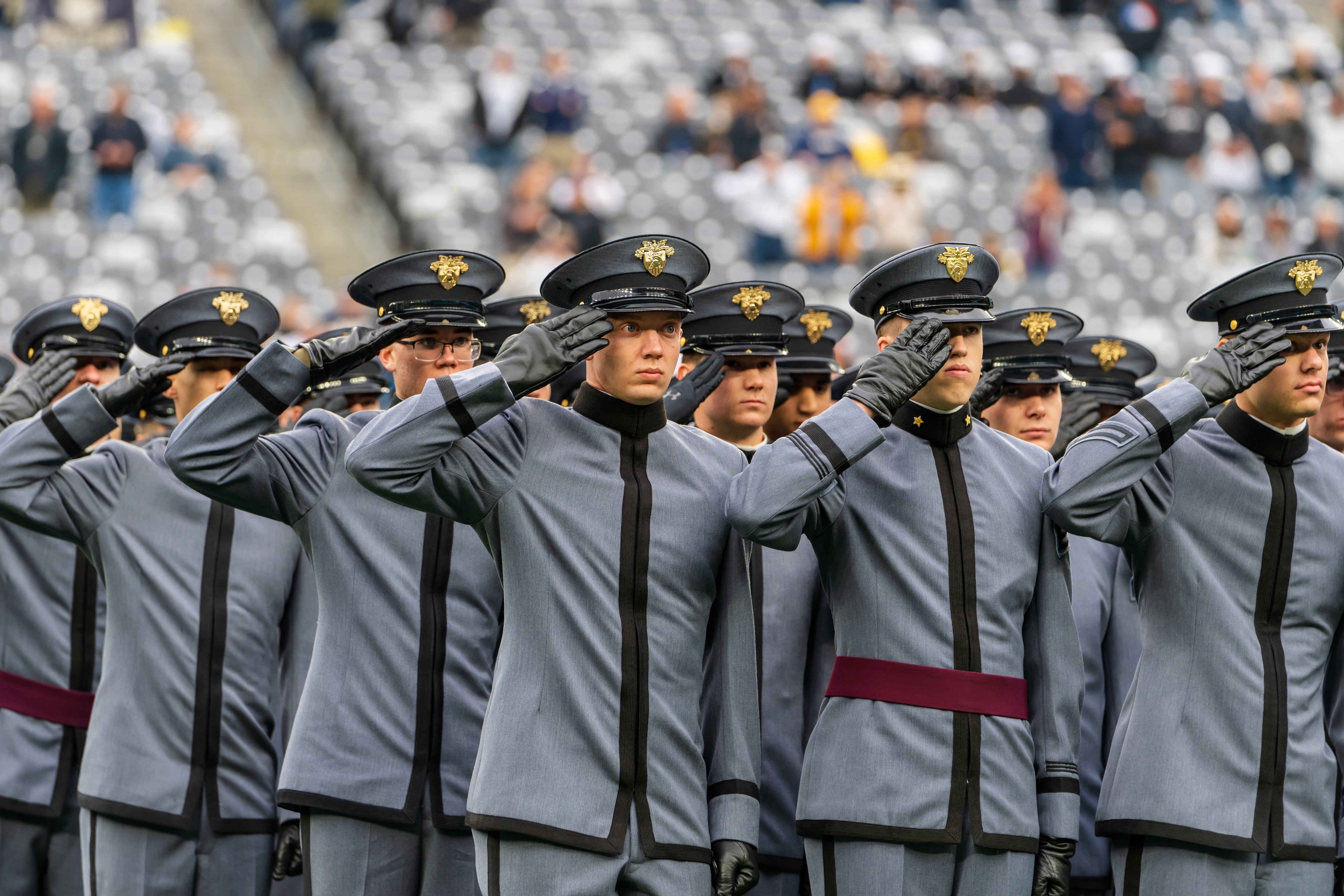
Another route for service academies could be to double down on efforts to recruit minority candidates, said retired Army Lt. Gen. Bob Caslen, superintendent of the military academy from 2013–2018.
Caslen signed on to the retired leaders’ amicus brief in favor of affirmative action, but in an interview with Military Times, he stressed the importance of recruitment and mentorship over admission policies.
“Regardless of what the Supreme Court rules, it’s still incumbent upon us as leaders in the profession of arms to build a trust relationship,” Caslen said.
“Doctors have to build a relationship with their clients. So do lawyers. And the military has to build a relationship with their client, the American people. One of the ways you build that relationship based on trust is to start looking like the American people.”
A possible legal workaround
Service academies might also ask courts to give them leeway to practice affirmative action as a matter of national security, legal experts said.
The judicial branch for decades has granted heightened deference to military decisions, even when it would block civilian institutions from making those same decisions.
Still, Friedman, the professor at New England Law Boston, said an exemption for service academies on affirmative action is “unlikely.”
“Looking at some of the cases that were decided last term, the current court seems to have an all-or-nothing approach to constitutional law,” he said, adding, “I don’t think that some of these justices are going to be particularly impressed by the specific needs that the military academies have.”
Robert Knowles, a professor at the University of Baltimore School of Law and an expert on national-security law, said a rising distaste for military officials among conservatives could lead to a move away from judicial deference, including on affirmative action issues.
In the years following the 9/11 attacks, conservative justices tended to side with the military in cases that weighed national security against individual rights, Knowles said.
But some conservatives have come to believe that the military’s leaders have moved far leftward of their troops, according to Knowles, and grown to trust the leaders less as a result. That political shift could have implications for the judicial sphere, he said.
RELATED
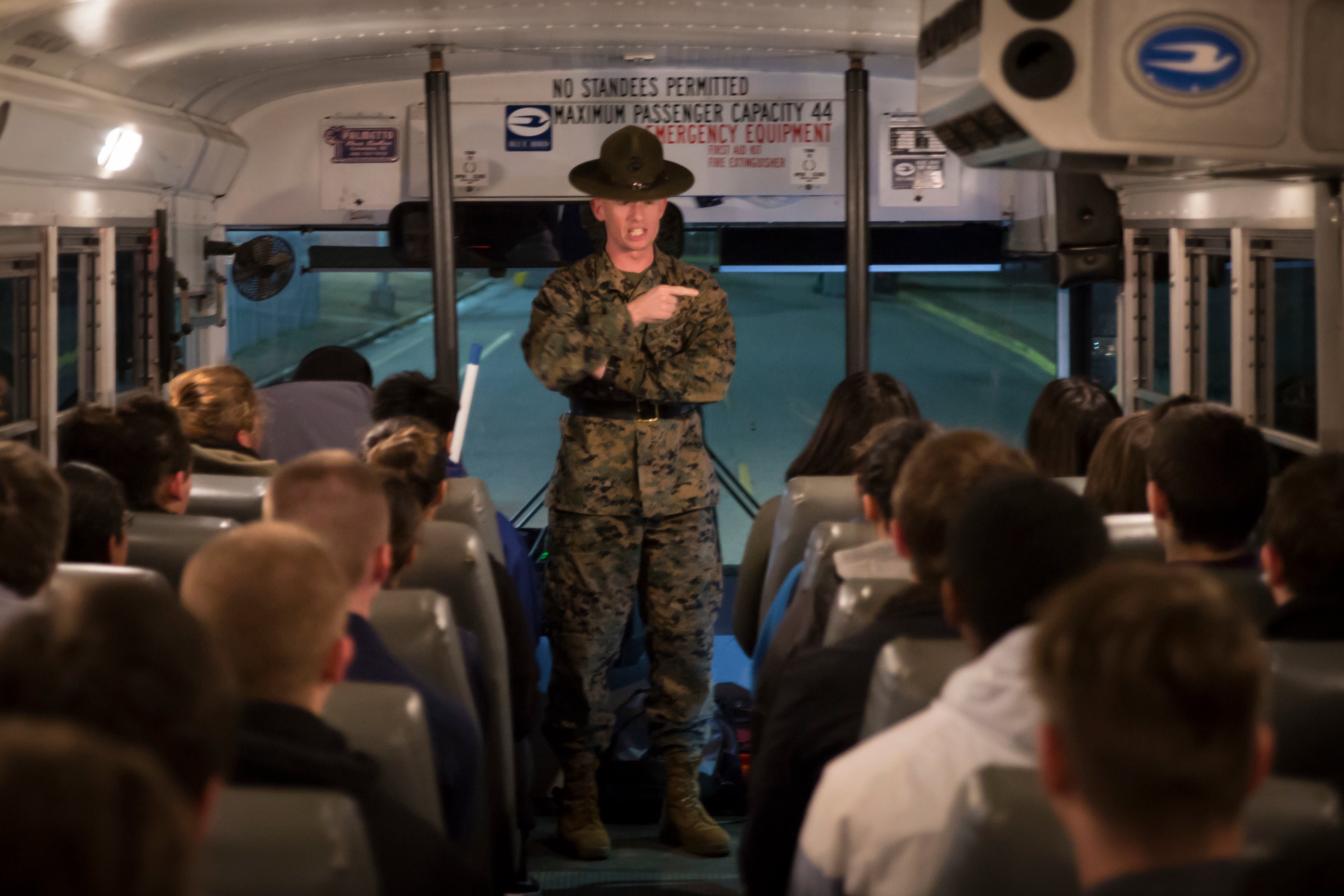
As an example, he pointed to an injunction in March by U.S. District Judge Reed O’Connor temporarily barring the Navy from firing sailors who sought religious exemptions to a vaccine mandate. (Since Military Times’ interview with Knowles in early September, a district judge in Florida issued a similar order to the Marine Corps.)
“That’s very alarming that this federal judge was willing to go to those lengths to interfere with personnel decisions, which are at the heart of the military’s expertise and decision-making,” Knowles said. “But it could be a sign of things to come.”
McQuarrie, the president of the veterans group opposing affirmative action, also cast doubt on a legal exemption for the service academies.
“I think the Supreme Court will say, ‘No, the Constitution applies to the Department of Defense and its members just as much as it does everyone else,’” he said.
But even if the service academies could continue practicing affirmative action, a ban in civilian institutions would still limit the diversity of ROTC cadets, according to the amicus brief filed by former leaders in support of affirmative action.
In the view of Bostick, the former head of the Army Corps of Engineers, there may come a time when the military no longer needs affirmative action. For now, he argued, the services depend on diverse officers to navigate racial and other tensions, both in the United States and abroad.
“Now’s not the time,” he said.
Although it is unclear when the justices will rule, they often release their most high-profile decisions in June. The cases are Students for Fair Admissions, Inc. v. President and Fellows of Harvard College (Docket No. 20–1199) and Students for Fair Admissions, Inc. v. University of North Carolina (Docket No. 21-707).
Irene Loewenson is a staff reporter for Marine Corps Times. She joined Military Times as an editorial fellow in August 2022. She is a graduate of Williams College, where she was the editor-in-chief of the student newspaper.
